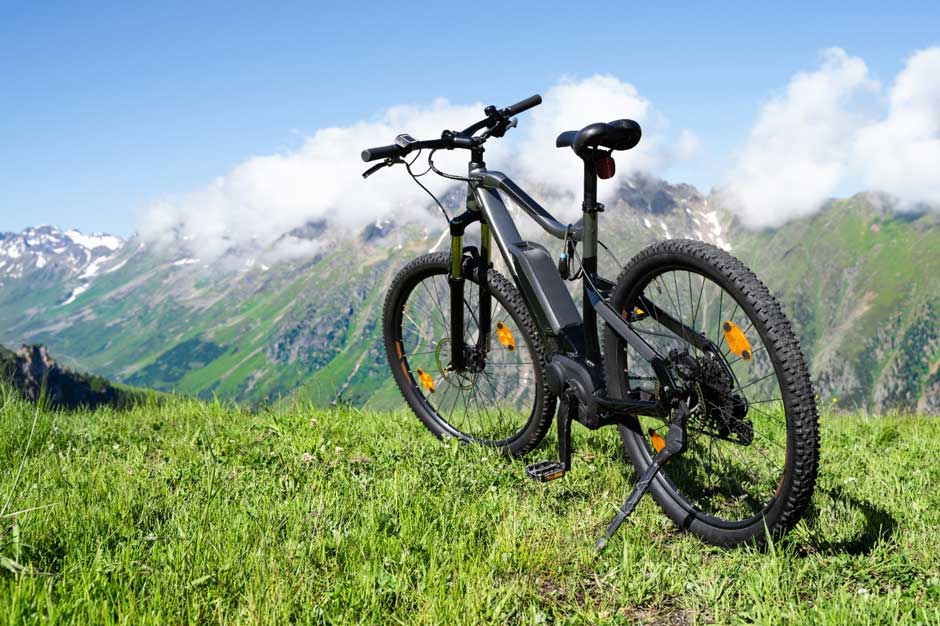How Fast Can E-Bikes Go? A Look at High-Speed Models

Electric bikes have changed how we commute, blending ease of use, eco-friendliness, and a good turn of speed. Many are curious, though: how quickly can these e-bikes move? Today’s faster models are breaking new ground thanks to motor tech and battery life improvements. Whether riding through the city or tackling tough trails, the rush of speed brings fresh excitement to the experience.
Although most electric bikes max out at about 20 mph, certain ones exceed that significantly. In the right conditions, the Fastest Ebike can keep up with, or even surpass, the speed of some small scooters and motorcycles. For those who love speed, this means a new realm of exciting, fast-paced rides, whether for getting to work or exploring on the weekends.
Understanding E-Bike Classes and Speed Tiers
E-bikes are classified in most countries based on speed and throttle assistance. Class 1 e-bikes offer pedal assistance up to 20 mph, while Class 2 includes throttle-enabled models with a maximum speed of 20 mph. Class 3 e-bikes provide speeds up to 28 mph and are the best for riders seeking increased speed without exceeding legal limits.
Other high-performance e-bikes are outside these categories and are labeled electric mopeds or off-road bikes. These models go as fast as 40, 50, or even 60+ mph but may require licenses or special regulations to ride legally. By understanding these categories, riders can choose the best model based on speed preference and local regulations.
What Powers a High-Speed E-Bike?
The speed of an e-bike is dependent on a compilation of things: motor watts, battery voltage, and design efficiency. Most commuter e-bikes utilize 250-750-watt motors, whereas high-speed e-bikes typically utilize 1000-watt motors or higher. These high-power configurations deliver great torque and acceleration, especially on open roads or hilly terrain.
Battery capacity is also a main concern because it has a direct effect not only on range but also on motor efficiency under load. Motor and battery balance provides consistent speed even over long distances or against steep grades. Thin frames and streamlined profiles also assist with higher top speeds without quickly depleting the battery.
The places you go and how you ride significantly affect how an e-bike performs in the real world. City riders might find themselves dealing with traffic and stop lights, while those hitting the trails need more power and control than just speed. Weather and hills also matter since wind, rain, and steep slopes can slow you down and make your motor and battery work harder. Choosing an e-bike that fits the kind of riding you usually do is crucial to getting the best performance.
Top Picks Among the Fastest Models
If you’re shopping for an ultra-high-speed ride, there are several models to look at. Some of the fastest ebikes on the market have 50+ mph capability, dual motors, full suspension, and advanced braking systems. These bikes tend to be built for extreme conditions and racing applications and offer a combination of thrill and heavy-duty durability.
Models like Delfast, HPC, and Stealth Electric Bikes are greatly known for speed and power-powered e-bikes. People opting for such models should always carry the proper safety gear and learn to handle higher speeds. Sure, roaring down the highway is exhilarating—but safety enables one to enjoy the ride.


